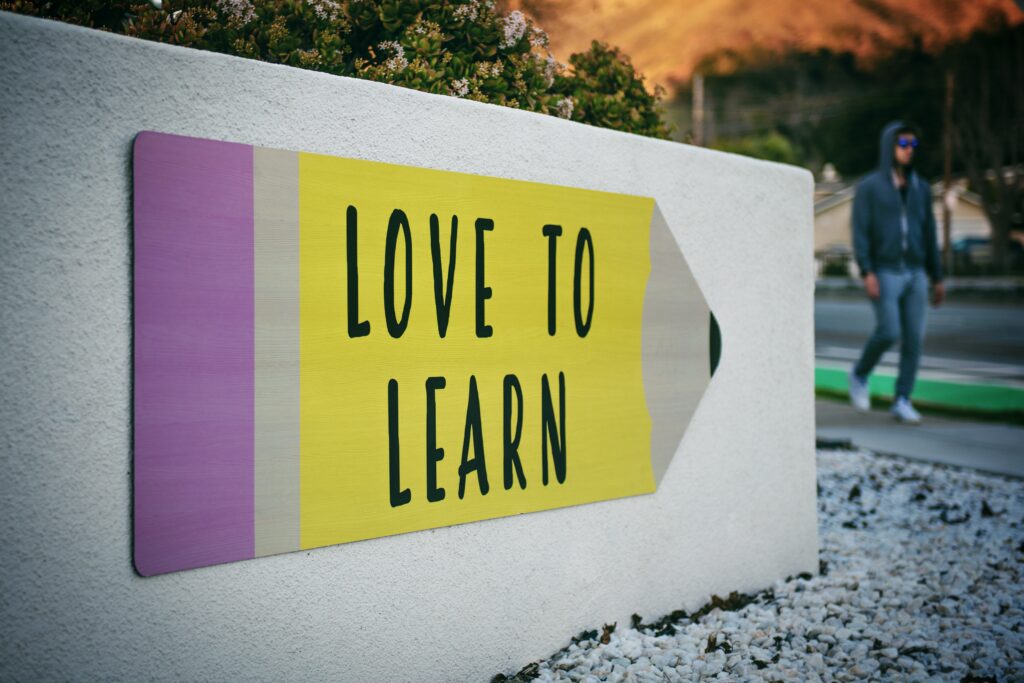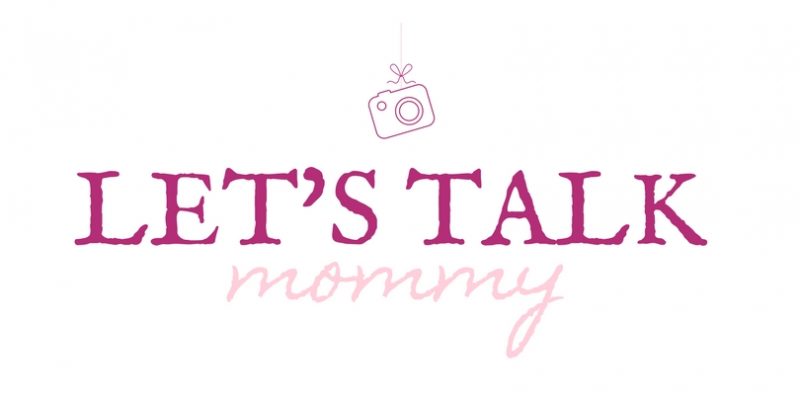In the realm of language learning apps, two names often come up: MakesYouFluent and Rosetta Stone. Both platforms have made significant strides in helping users learn new languages, but they approach language learning differently. This article aims to compare these two platforms, ultimately showcasing why MakesYouFluent may be the superior choice for most learners.

Tailored Learning: The MakesYouFluent Edge
One of the standout features of MakesYouFluent is its use of AI to provide personalized learning experiences. Unlike the more static approach of Rosetta Stone, MakesYouFluent adapts to your learning pace, preferences, and proficiency level. This customization means that each lesson is tailored to your individual needs, making learning more efficient and effective.
Interactive and Engaging Learning
MakesYouFluent offers an interactive learning experience that includes role-playing and real-life conversation simulations. This approach contrasts with Rosetta Stone’s focus on immersive, context-based learning, which, while effective, may not offer the same level of interactivity and engagement.
Flexibility and Accessibility
With 24/7 availability, MakesYouFluent allows learners to study at their own pace and on their schedule. This level of flexibility is particularly beneficial for busy individuals who may find it challenging to adhere to a more structured learning program like that of Rosetta Stone.
Pronunciation and Real-World Application
MakesYouFluent places a strong emphasis on pronunciation, offering immediate feedback and practice. This focus is crucial for learners who want to communicate effectively in real-world situations. While Rosetta Stone also offers pronunciation tools, the instant feedback feature of MakesYouFluent is particularly beneficial for fine-tuning language skills.
Cost-Effectiveness
When it comes to affordability, MakesYouFluent offers significant value. It’s priced competitively, especially considering the personalized experience it offers. Rosetta Stone, while offering a comprehensive package, may come at a higher cost, especially for those seeking advanced features.
Rosetta Stone: A Time-Tested Methodology
Rosetta Stone’s reputation in the language learning community is well-established, thanks to its comprehensive and immersive approach to language learning. Here’s a deeper dive into what makes Rosetta Stone a strong contender in the language learning field.
Immersive Language Learning
Rosetta Stone’s core philosophy revolves around immersive learning. This method places learners in a simulated environment where they can learn languages in the context of real-life scenarios. This immersive approach is designed to mimic the natural language acquisition process, which can be particularly effective for beginners.
Extensive Language Selection
One of the most significant advantages of Rosetta Stone is its broad selection of languages. This feature makes it an attractive option for learners interested in less commonly taught languages or those looking to expand their language repertoire beyond the more popular options.
Pronunciation Practice with TruAccent
Rosetta Stone’s TruAccent technology is a standout feature that helps learners fine-tune their pronunciation. This technology analyzes your spoken language and gives real-time feedback, an essential tool for learners striving to perfect their accent and pronunciation.
Dynamic Immersion Method
The Dynamic Immersion method is another key aspect of Rosetta Stone’s approach. This method encourages learners to think and respond in the new language without relying on their native language. It’s an effective way to foster deeper language comprehension and fluency.
Structured Learning Path
Rosetta Stone provides a structured learning path, guiding learners through a step-by-step process. This structure is particularly beneficial for those who prefer a more organized and systematic approach to language learning.
Cultural Insights
In addition to language lessons, Rosetta Stone offers cultural insights that enrich the learning experience. Understanding the culture behind a language can be just as important as learning the language itself, particularly for learners interested in travel or cultural immersion.

Exploring Other Language Learning Options
Before we reach a conclusion in the MakesYouFluent vs. Rosetta Stone debate, it’s worth considering if there are other language learning apps that could be a better fit for certain learners. The market is teeming with options, each offering unique features and methodologies.
A Glimpse at Other Contenders:
- Drops: With its visually appealing and engaging vocabulary lessons, Drops is a great choice for visual learners. However, it primarily focuses on vocabulary rather than comprehensive language skills.
- Busuu: Offering a balanced approach to reading, writing, speaking, and listening, Busuu also allows interaction with native speakers. While comprehensive, it may not offer the same level of personalization as MakesYouFluent.
- Lingvist: Known for its efficiency in vocabulary learning, Lingvist is tailored for quick learning. However, it might lack the depth in cultural context and conversation skills provided by Rosetta Stone.
- Memrise: Memrise uses a mix of flashcards, videos, and community learning. It’s great for memorization but may not offer the structured learning path of Rosetta Stone or the AI-driven personalization of MakesYouFluent.
Why Stick to MakesYouFluent or Rosetta Stone?
While these alternatives offer valuable features, MakesYouFluent and Rosetta Stone stand out for their comprehensive and user-friendly approaches. MakesYouFluent, with its AI-driven personalization, is unparalleled in creating a tailored learning experience. Its focus on practical conversation skills, pronunciation, and flexibility makes it ideal for learners seeking a modern and efficient approach to language learning.
Rosetta Stone, on the other hand, offers a time-tested, immersive method that’s great for learners who prefer a structured and context-based learning environment. Its broad language selection is also a significant advantage for those interested in less commonly taught languages.
The Verdict
Considering the personalized learning, interactive experiences, flexibility, focus on pronunciation, and cost-effectiveness, MakesYouFluent emerges as a more adaptable and user-friendly solution for most language learners. While Rosetta Stone has its strengths, especially in offering a broad range of languages and a time-tested learning methodology, MakesYouFluent’s innovative approach aligns better with the needs of modern learners.
For a deeper understanding of user experiences and success stories, a MakesYouFluent review on platforms like Trustpilot can provide real-world insights into the effectiveness of the app.
In conclusion, while both MakesYouFluent and Rosetta Stone have their merits, MakesYouFluent’s tailored and flexible approach to language learning, combined with its focus on real-world application and pronunciation, makes it a more appealing choice for learners seeking a personalized and efficient language learning journey.






